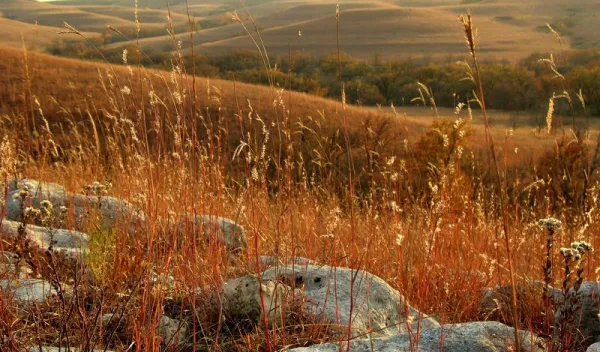
A novel method to shed light on heat waves
A U.S. National Science Foundation-supported researcher developed a machine learning model that uses data stored in paleoclimate archives, such as tree rings, to investigate how shifts in climate impact atmospheric blocking, a weather phenomenon linked to heat waves, cold spells and unusual rainfall events. Christina Karamperidou, an atmospheric scientist at the University of Hawaii Mānoa, published her findings in the journal Nature Communications Earth & Environment.
"Atmospheric blocking events are relatively rare," Karamperidou said. However, they can lead to catastrophic weather extremes, such as the 2021 heat wave that hit the Pacific Northwest and the torrential rainfall that inundated Spain in October 2024.
"The deep learning model is very powerful at extracting a relationship between surface temperature and the frequency of atmospheric blocking events," Karamperidou said. "Representing this relationship allowed me to reconstruct how often these events occurred over the past 1,000 years, enhancing our understanding of their connection to climate shifts. These insights are crucial for improving projections of how atmospheric blocking might change in the future."
Although Karamperidou focused on summer months in this study, researchers could also adapt the model for winter months to better understand and predict events like the polar vortex dip across the Northern Plains and Midwestern states in March 2019.
Her team used the NSF cloud computing infrastructure to create a web interface that allows researchers and the public to run the model and explore the reconstructions.
